Nature’s Addictive Plants
Coca
Coca, which is mainly grown in Colombia, Peru, and Bolivia, is a highly addictive drug that is processed in jungle laboratories where the coca is extracted from the leaves to produce cocaine. Until the early 1900s, cocaine was commonly used in Western medicine as an anesthetic because of its numbing ability. However, in the 1970s cocaine reemerged as an expensive, high status misused drug. Cocaine usage increased throughout the United States when its forms began to vary and it became more widely available and cheaper.
History
For over 4,000 years coca, or Erythroxylon coca, has been used as a medicine and stimulant in what is now Colombia, Peru, and Bolivia. European explorers in the 16th century made note of its existence and how it was used. In South America inhabitants would chew the leaves as they were believed to elevate mood, help with digestion, and suppress appetites. Up to the mid-19th century coca growing and use had been restricted to the area of its natural habitat, the Andes mountain range of the northwestern region of South America. Coca did not find use in Western medicine until the late 19th century when American drug companies began to explore that part of the world for new medicines. At first considered a safe stimulant and nerve tonic, coca's addictive and destructive properties became apparent within 30 years of its introduction as a pharmaceutical product.
When cocaine reappeared in the 1970s it was touted as the champagne of drugs because it was expensive, high status, and said to have no serious consequences. The price dropped steadily, and by the mid-1980s, six million Americans used it on a regular basis. Cocaine was gradually rediscovered to be highly addictive and dangerous, a fact driven home by the death of college basketball star Len Bias in June 1986. Due to its chemical make-up, the body processes cocaine as a stimulant. Because the body begins to rely on the stimulant, there are long term health problems that individuals may suffer from. These problems include stomach ulcers, severe depression, inflammation or palpitations of the heart, and bleeding in the lungs. Cocaine can also affect the function of the brain and its ability to regulate stress and mood.
Today, groups in Colombia produce 70 to 80 percent of the world's cocaine, which is made from locally grown coca plants and cocaine base imported from Peru and Bolivia. It is estimated that Colombia produces 400 million dollars’ worth of cocaine each week.
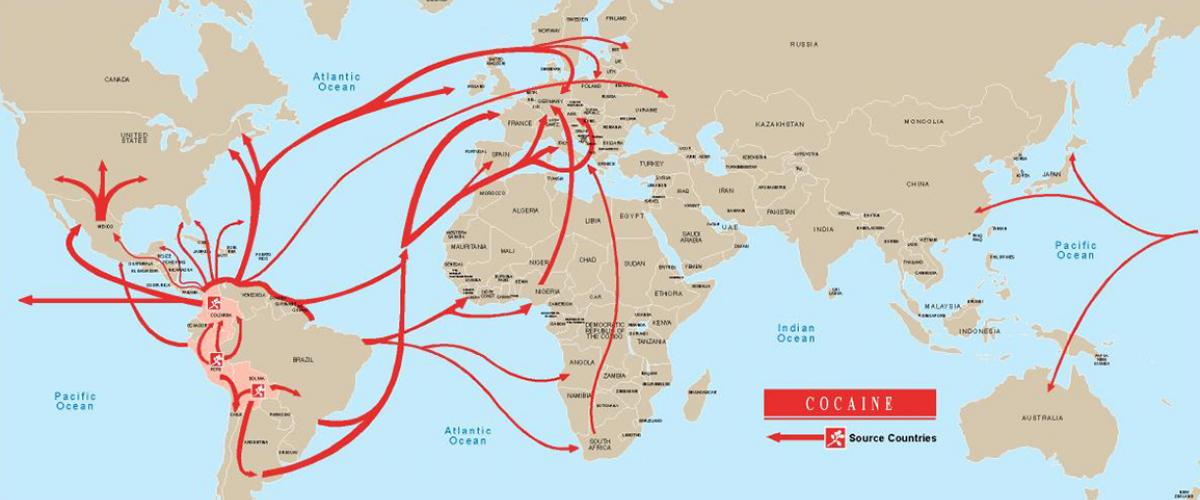
A map of the global cocaine trade.
Medical Use
Cocaine is listed as a Schedule II controlled substance because it has medical use and a high potential for misuse. Click here to review detailed descriptions of each drug schedule.
Cocaine has long been known for its quick numbing abilities. For this reason many early medicines, such as toothache drops, nausea pills, and pills to ease sinus pain, emphasized its pain relief qualities. The drug still has limited use in medicine today as a local anesthetic. It is occasionally used in medical procedures as a topical anesthetic for skin lacerations, nose or throat surgeries, and dental procedures.
Forms
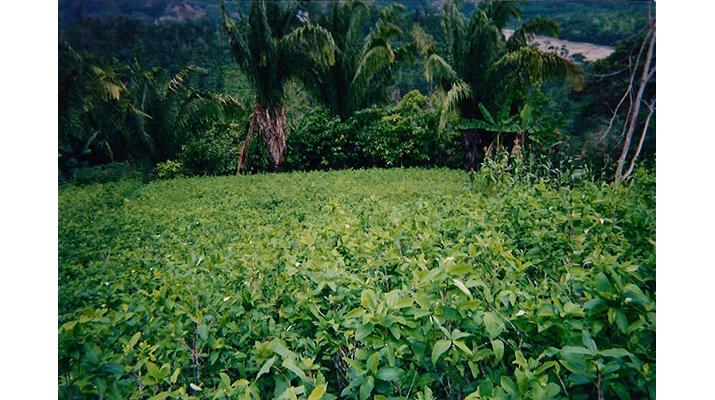
Coca Leaves: Coca plants grow in moist, hot climates. The flourish in countries like Colombia and Peru.
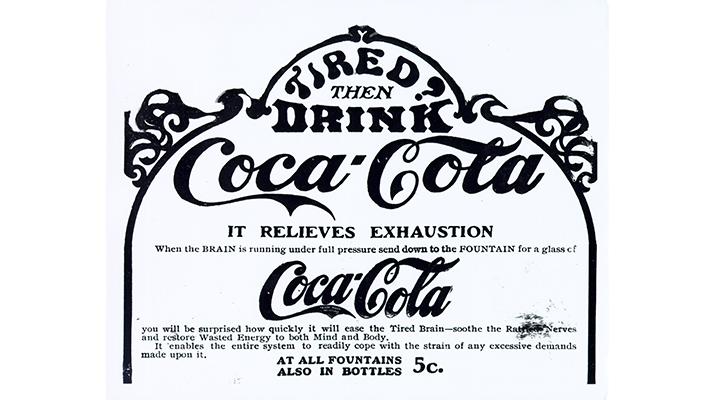
Coca and Cola: In the late 1800s cocaine was used as a primary ingredient for flavor in Coca-Cola. In the early 1900s cocaine in its crude form was removed. Today the extract of the coca leaves, a de-cocainized version, is manufactured in the United States and used in the flavoring for Coca-Cola. The crude cocaine that is left over is used by select pharmaceutical companies for medicines.

Freebase Cocaine: In the late 1970s freebasing, a method of smoking cocaine, coincided with an upsurge of cocaine misuse. The effects of freebasing are faster and more potent for the user, which makes this form of misuse more popular.
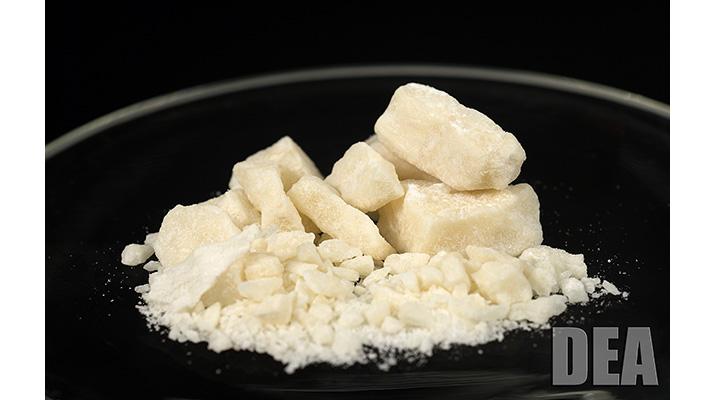
Crack: In the mid-1980s crack emerged as a dangerous form of cocaine. Crack has a modified chemical structure which allows it to reach the brain more quickly and produce a more intense high, allowing crack to have a greater potential for addiction. The name “crack” is derived from the crackling sound this form of cocaine makes when burned.
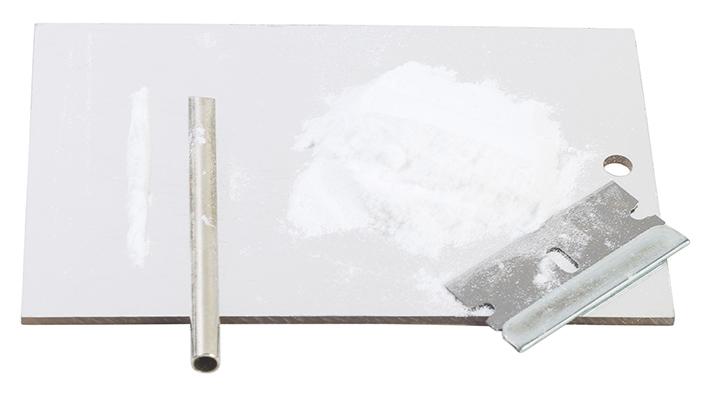
Preparing Cocaine for Sale: A scale, razor blade, and sifter are common tools used by cocaine dealers when preparing cocaine for sale on the streets.
Effects of Cocaine on the Body
Cocaine is a stimulant and the possible effects include increased alertness, excitation, euphoria, increased pulse rate and blood pressure, insomnia, and loss of appetite. The effects of overdosing on cocaine include agitation, increased body temperature, hallucinations, convulsions, and possible death. The withdrawal symptoms may include apathy, long periods of sleep, irritability, depression, and disorientation.
Studies have shown that cocaine can alter the formation or survival of new neurons in the hippocampus region of the adult brain, thus interfering with the process of new neuron growth. The growth of new neurons has been tentatively linked with learning and memory processes and with the regulation of stress and mood. Both learning/memory and stress/mood regulation are driving forces that guide addictive behaviors.
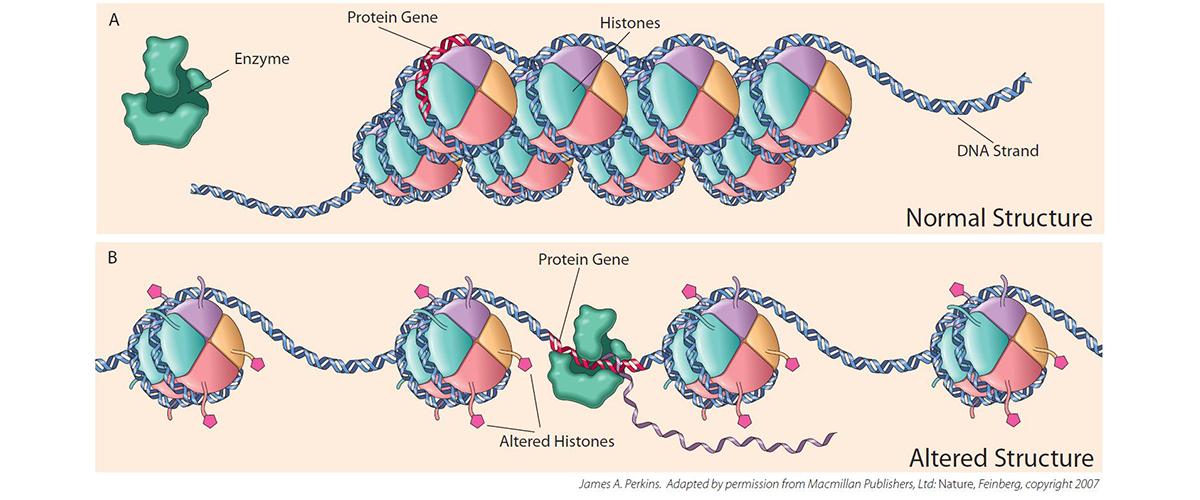
Development of a Cocaine Vaccine
Many medications are under study to examine the potential for producing an anti-addiction vaccine. The cocaine vaccine works to keep the user from getting high by tricking the immune system into creating antibodies. These antibodies bond with cocaine and inhibit it from passing through the blood to the brain. This prevents the euphoric high that drives repeated use.
Colombia: Cocaine's Main Producer
Cocaine is produced from the leaves of the coca plant (Erythoxylon coca). The plant grows almost exclusively in northern and western South America. Colombia is now the main producer of illegal cocaine with Peru, Bolivia, and Chile providing significant amounts of the drug. The coca plant grows best in the mountain and jungle areas of these countries.
Small laboratories are scattered throughout the coca growing areas of South America. The handpicked coca leaves are soaked in gasoline and other chemicals to extract the coca base from the leaves in industrial-sized drums. Then the base is poured into brick molds. The water is pressed out, leaving a hard, easy-to-handle brick containing about 50 percent cocaine. The bricks are sent to collection points where they are shipped to markets in the U.S. and other countries.
Drug cartels based in Colombia control almost all cocaine trafficking. They process coca from Peru, Bolivia, and Colombia. Various cocaine trafficking organizations then ship it to all corners of the globe.
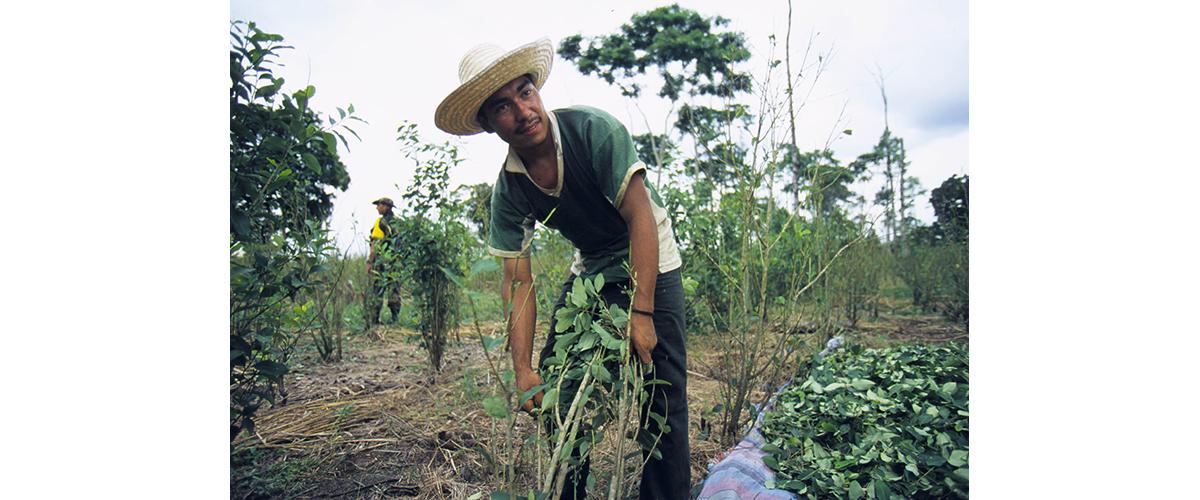
A man gathering coca plants.
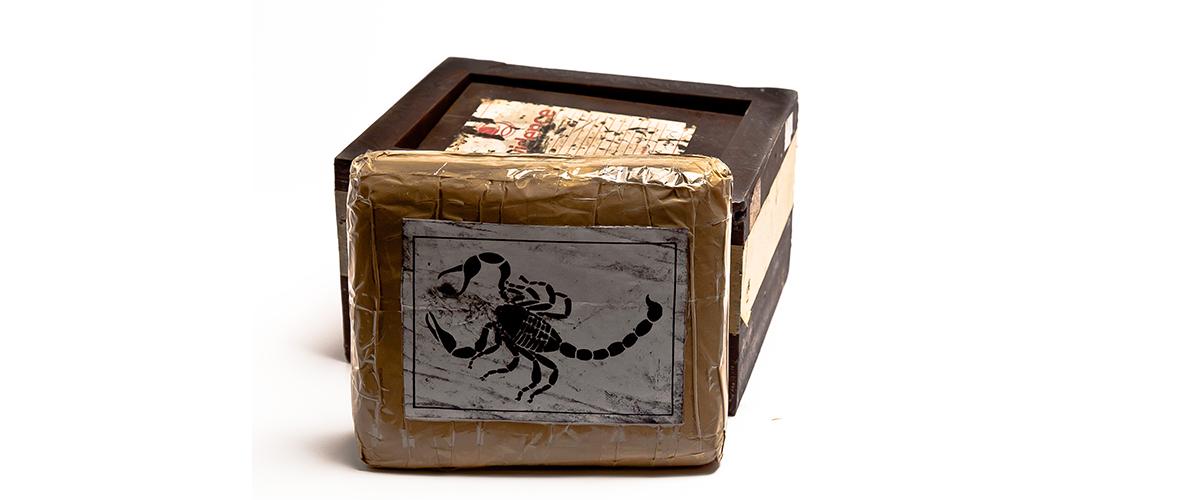
A processed and packaged brick of cocaine.
Cocaine Processing Labs
In these remote areas, processing laboratories are set up to extract the coca from the leaves and then convert the coca into cocaine. There are two types of processing labs: pozo pit labs that use acidic solutions and the more common lab that uses metal drums and gasoline.
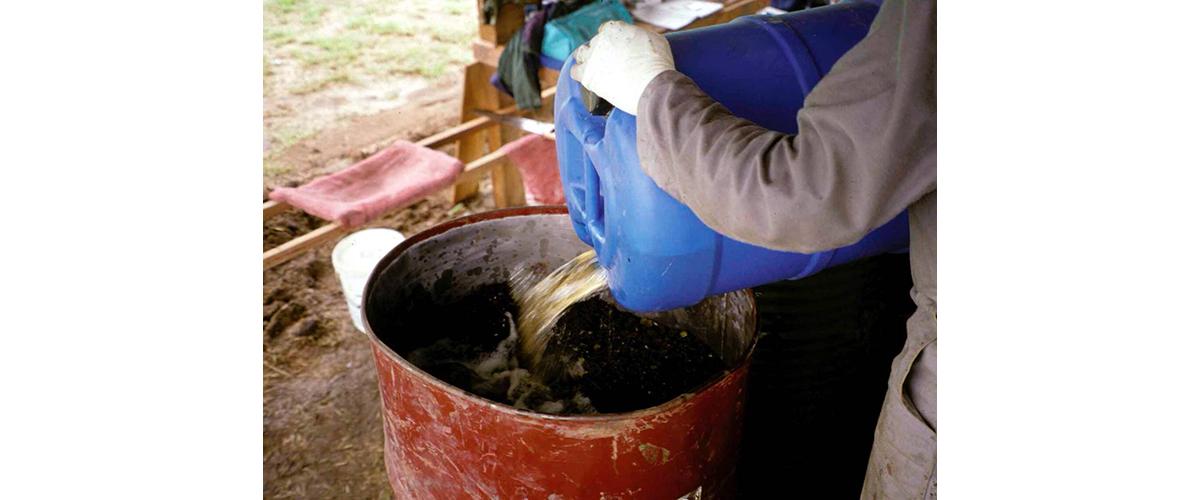
Step One: Cocaine is typically processed in jungle labs by first soaking leaves in gasoline inside metal drums.
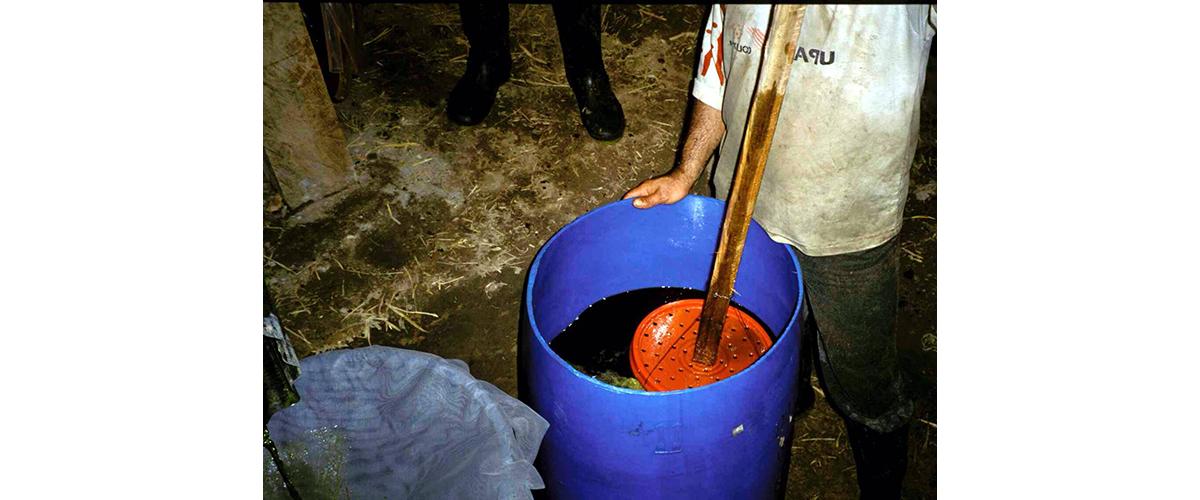
Step Two: Gasoline containing cocaine alkaloid is drained from metal drums and filtered into a barrel with diluted acid. The gasoline will be removed from the acid layer and sodium bicarbonate or ammonia will be added to the solution to make cocaine base.
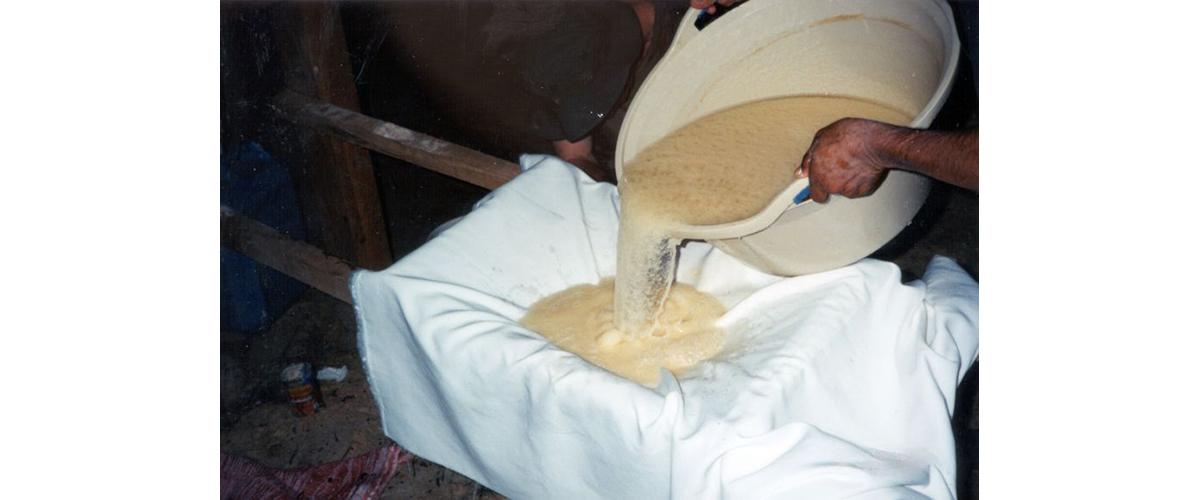
Step Three: Cocaine base is filtered through a cloth.
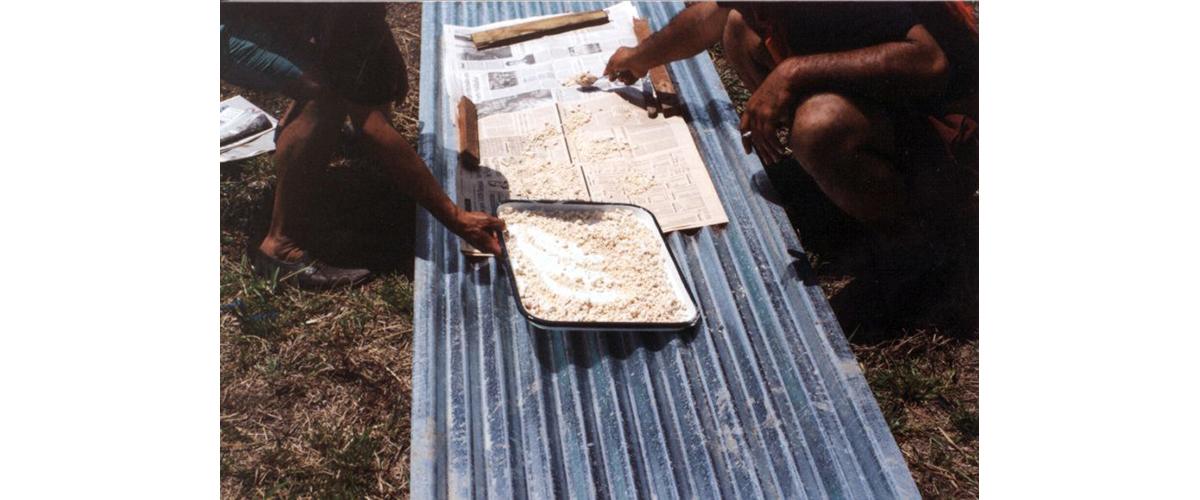
Step Four: The remaining substance is dried, resulting in a purer form of cocaine base.
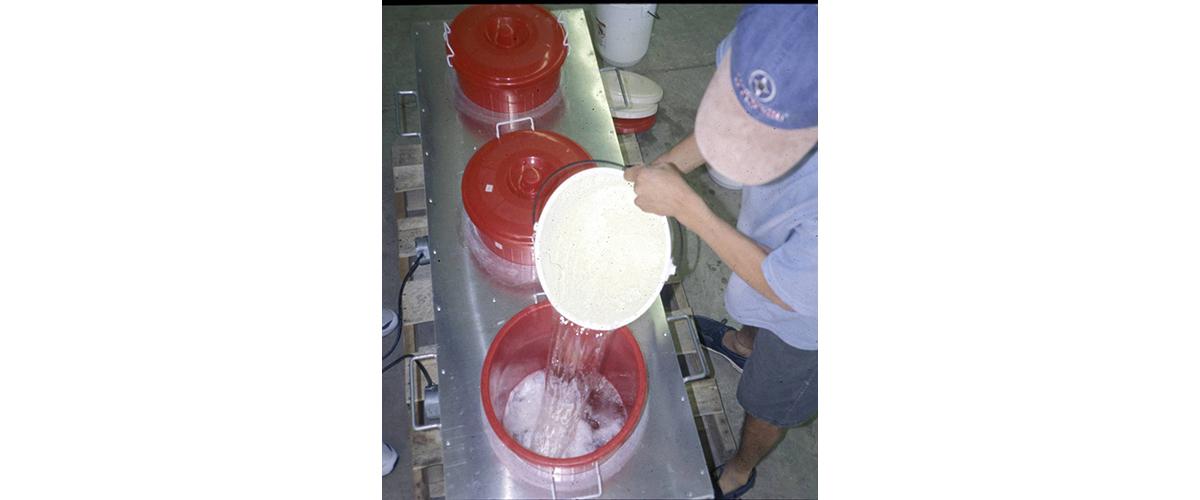
Step Five: Cocaine base is dissolved in a solvent such as ethyl acetate, acetone, or ether and then heated in a hot water bath called a “bańo maria.” Another solvent such as methyl ethyl ketone is added to the boiling liquid along with concentrated hydrochloric acid, which results in the crystallization of cocaine hydrochloride.

Step Six: Excess solvents are removed from the cocaine hydrochloride, first by hand and then using a hydraulic press.
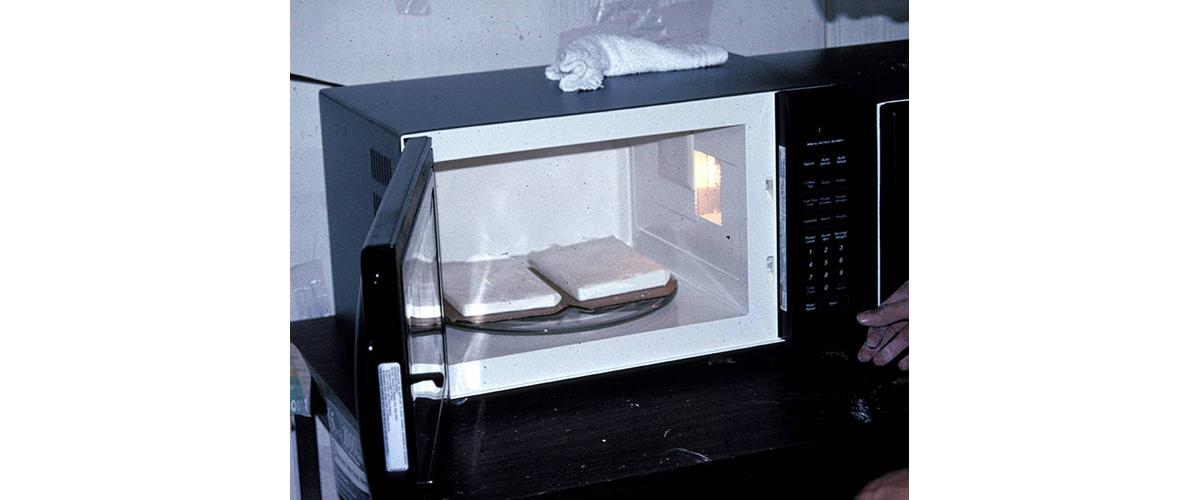
Step Seven: Solvents are finally removed using microwave ovens creating the basis for powder cocaine.
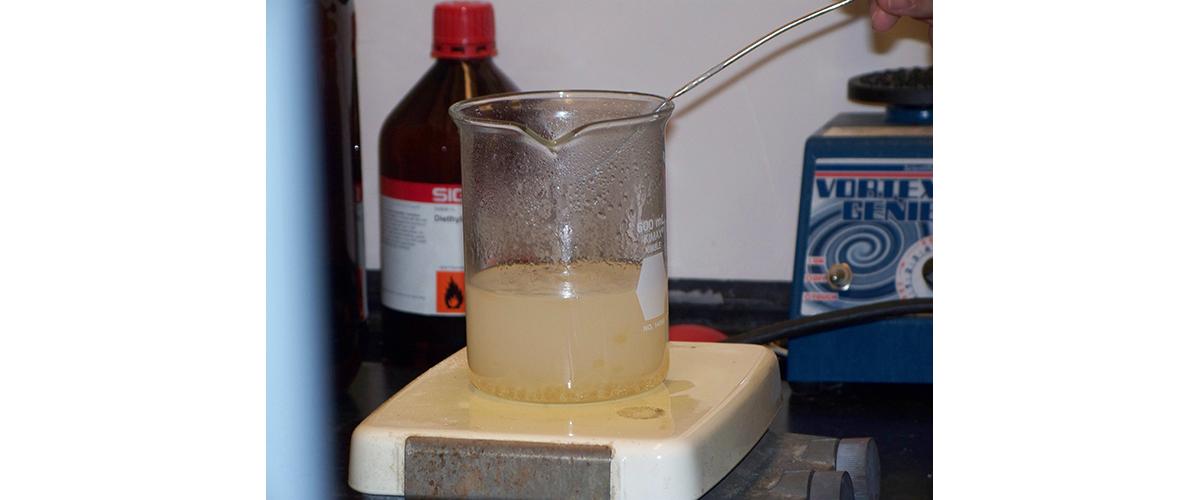
Step Eight: Cocaine base, commonly called “crack,” is typically made by dissolving cocaine hydrochloride in a mixture of water and baking soda. The solution is boiled until the cocaine forms an oily substance that drops out of the solution and settles at the bottom of the container.
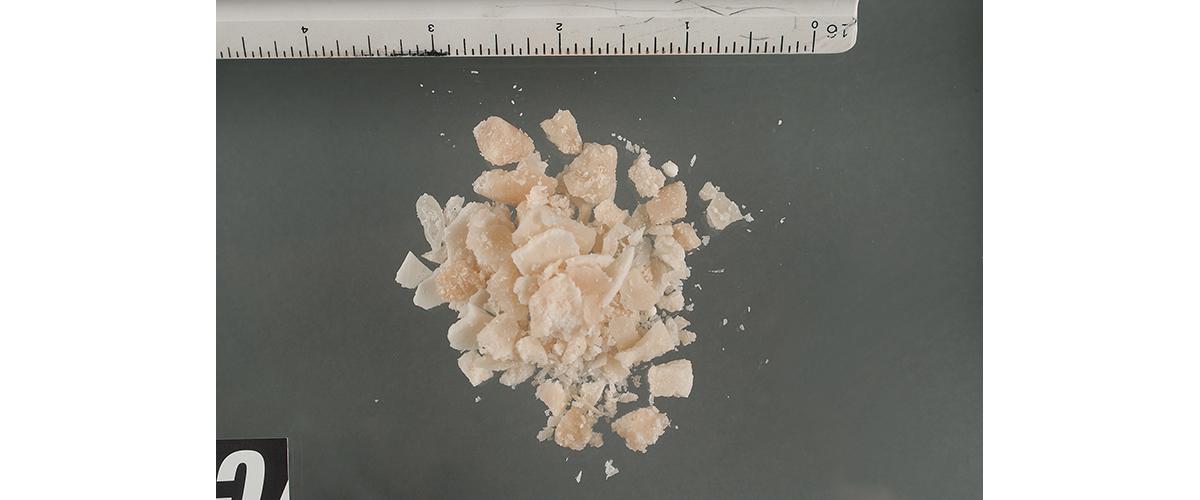
Step Nine: Excess water, sodium chloride, and other impurities can be removed after cooling the oil to a rock-like substance. The resulting product is crack cocaine.


